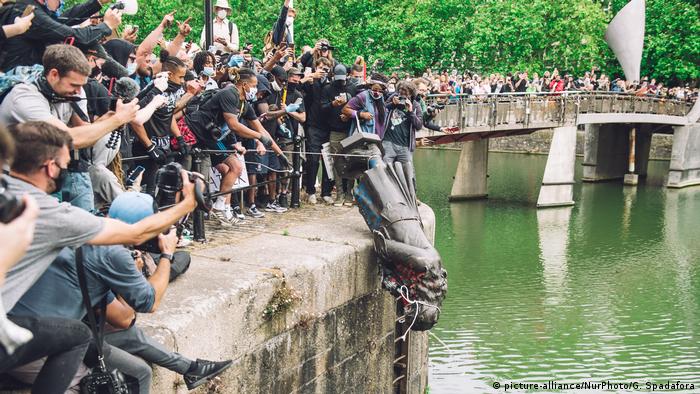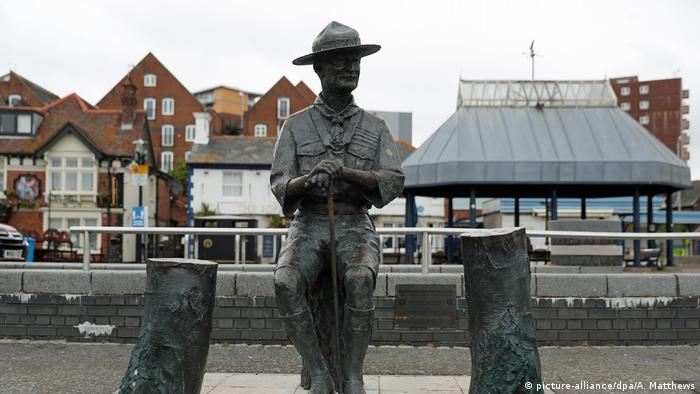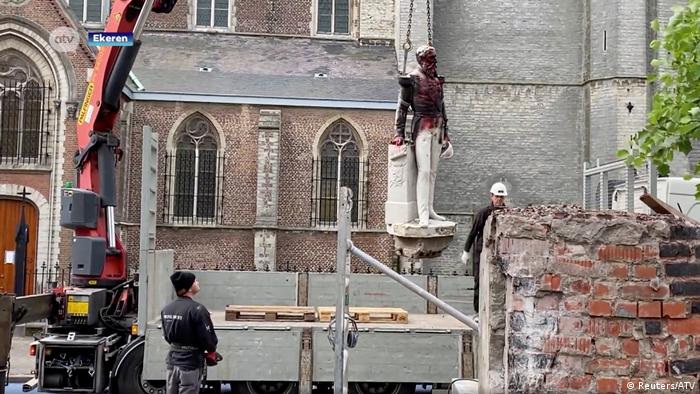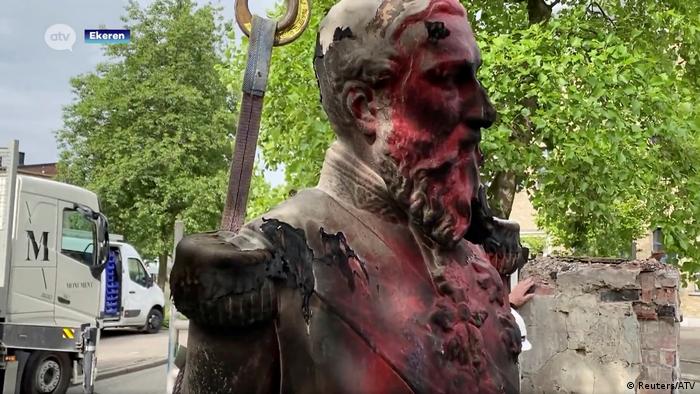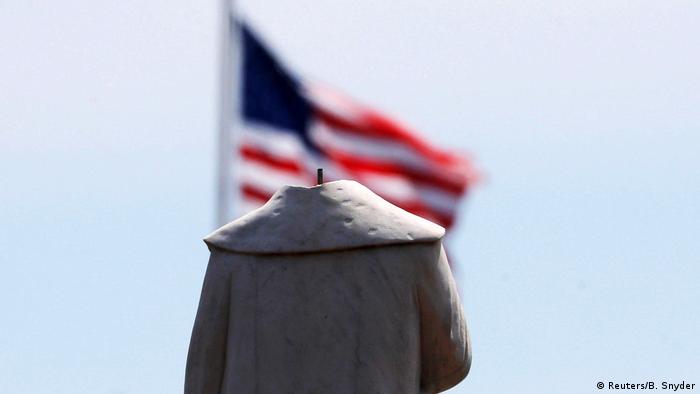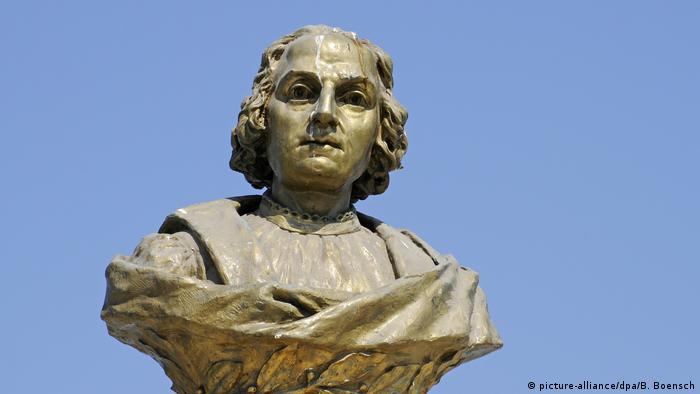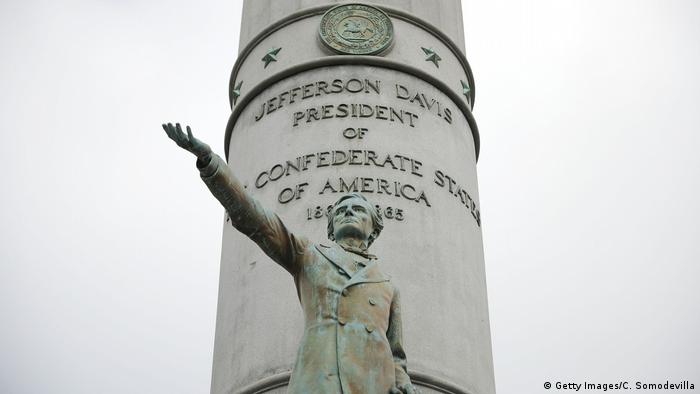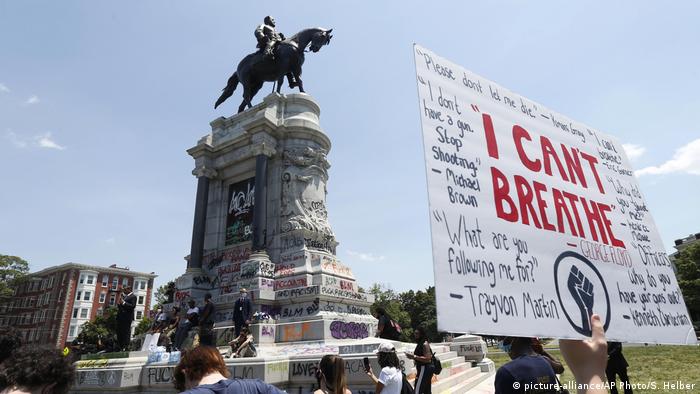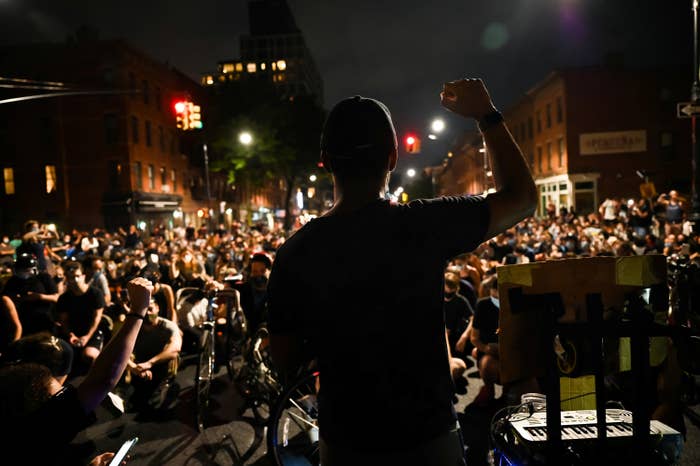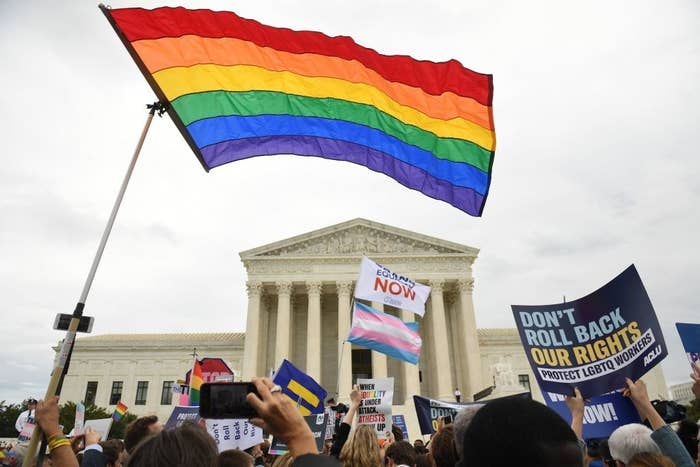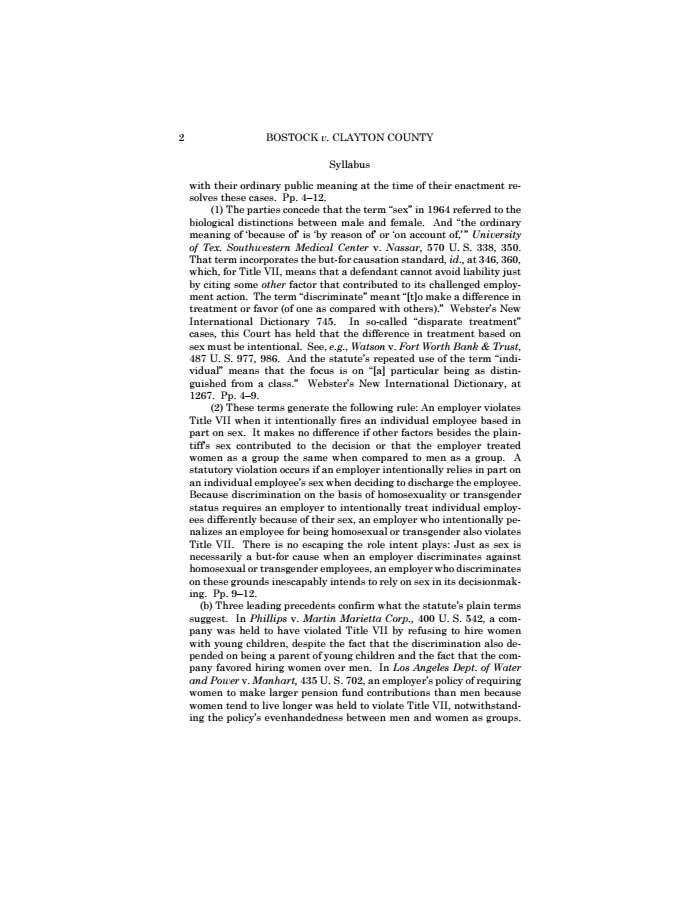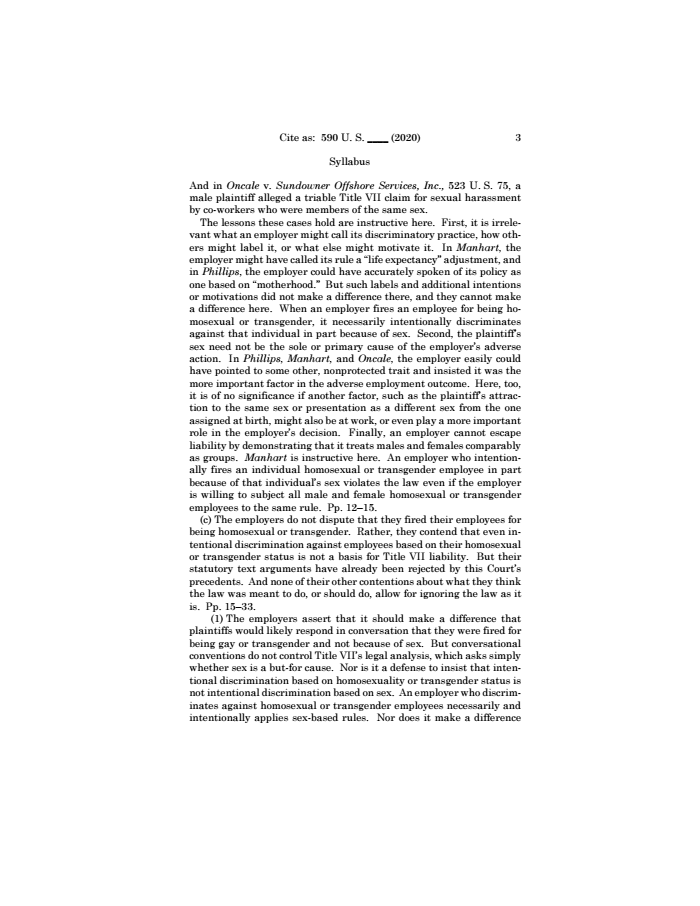Eighty years ago, on June 14, 1940, the first 728 prisoners arrived at Auschwitz. The camp was initially meant for Polish resistance fighters, but from 1942 it played a central role in the Nazi genocide of Jews.

"My dear Halusia, Since June 14, I have been in the Auschwitz concentration camp. I am healthy and feel well," wrote Tadeusz Korczowski, Prisoner No. 373, to his fiancée. All correspondence was strictly controlled by the camp administration, so the 26-year-old could write little more in his letter besides praising the "pleasant weather in Auschwitz." But between the lines, he tries to indicate that he will probably be staying there "for some time."
The same transport to Auschwitz on June 14, 1940, also brought Jan Pogonowski, a 19-year-old student. We know that he was condemned to death as a resistance fighter at the camp in 1943 along with 11 other prisoners. While waiting to die with the noose around his neck, he managed to push away the support on which he was standing and hang himself, eyewitnesses said, thus at least deciding the moment of his death himself. The death certificate mailed to the family gave the cause of his demise as "sudden cardiac death."
Korczowski and Pogonowski were among the first prisoners at the Auschwitz concentration camp, which was set up in the spring of 1940 in the buildings of what used to be Polish army barracks. SS commander Heinrich Himmler liked the location's good transport links, which seemed practical for bringing prisoners to the camp from different occupied regions of Europe.

Janusz Pogonowski was one of the first Auschwitz prisoners
Three-quarters of the 728 Poles who were moved to Auschwitz from the prison in the southern Polish city of Tarnow were men aged below 30. They were mostly intellectuals and students. The camp functionaries and guards were 30 German criminals whom the SS had brought to Auschwitz from the Sachsenhausen concentration camp a short time previously.
Murders and deportations of the intelligentsia
The Polish prisoners were victims of a German occupation policy that aimed to wipe out the Polish elites. After German troops invaded Poland on September 1, 1939, the Nazi regime incorporated the western regions of Poland into the Third Reich. By July 1940, the occupiers had murdered 50,000 Poles and deported the same number to concentration camps as part of the "Intelligenzaktion," a genocidal operation mostly targeting intellectuals.
Watch video https://tinyurl.com/y98f5z36
75th anniversary of the liberation of Auschwitz
Read more: Confronting a disturbing truth: 'My father was in the SS'
In the General Government, the Polish areas under German civil administration, there was a similar operation called the
Read more: Confronting a disturbing truth: 'My father was in the SS'
In the General Government, the Polish areas under German civil administration, there was a similar operation called the
"AB-Aktion" (Extraordinary Pacification Operation). Deportations, raids and murders became part of everyday life under German occupation in Poland. In one incident, 100,000 residents, including 30,000 children, were driven out of the southeastern Polish city of Zamosc. Many of them died in Auschwitz.
Between 1939 and 1945, 140,000 Poles were transported to the camp; half of them did not survive.
"Poland was meant to disappear completely as a state. The population was to become stultified and serve the Germans as slave laborers," says the German historian Jochen Böhler from Jena University.
Destroying the elites that organized resistance was a very important part of this plan. "Unbelievably enough, the Polish resistance set up an underground state that didn't just have schools and universities, but even its own army. That is unprecedented in European history," Böhler told DW.
Early warnings of the Holocaust
This underground state considered it as one of its most important tasks to warn the world about the Nazi crimes, above all because of the extermination of Jews in occupied Poland. Böhler calls it the "tragedy of the Polish Underground" that these warnings were not heeded.

Witold Pilecki was an officer in the Polish Underground Army
As early as 1940, Witold Pilecki, an officer in the Polish Underground Army, had provided the Allies with reports from Auschwitz. To do so, he went voluntarily to Auschwitz as a prisoner, the only person known to have done this. He hoped that the Allies would smuggle weapons into the camp, but his reports received no response.
The same thing happened with similar reports by Jan Karski, a courier for the Polish Underground. In 1943, he personally informed US President Franklin D. Roosevelt about the mass deportations of Jews to the gas chambers. "I wanted to save millions but could not save anyone at all," he said bitterly after the war. Several times, he accused the West of "indifference to the Holocaust."

Jan Karski, who died in 2000, warned the US about mass deportations in 1943
Polish victims often ignored
Even though it was such a unique phenomenon in European history, the Polish Underground State is barely known about outside of Poland, says Jochen Böhler, adding that the same goes for crimes committed by the Germans in occupied Poland.
"In my opinion, the problem is that schools mostly teach about the Holocaust without any reference to the context in which it was carried out. And the context in this case was the German occupation of Poland, one of whose aspirations from 1941 was to murder European Jews on Polish soil," he says.
Read more: Auschwitz, 75 years later: A race aganst time
More than 90% of the 3.5 million Polish Jews died during the Holocaust. But the fact that 3 million non-Jewish Poles were also victims of the Second World War is "completely ignored" in Germany, says Bohler, whose special field is eastern European history. He says that he has to start "literally from scratch" in his seminars about the German occupation of Poland.
'1.3 million individual fates'
The Auschwitz-Birkenau memorial site wants to keep the memories of this time alive. The list of the names of people on that first transport has just been brought up to date. Of the 728 prisoners, 325 survived the camp and 292 died there, while the fates of the other 111 is unknown.
The personal stories of each person are being meticulously reconstructed using the few documents and photos that exist. They have mostly been provided by relatives of the victims, because the SS destroyed most documents from the camp to erase traces where possible.
Read more: Opinion: Why I'm angry at Germany
Since 2007, the 200 hectares (494 acres) of ground where the former camp stood have been on UNESCO's World Heritage list. In 2019, 2 million people visited the site. Recently, its director, Piotr Cywinski, had to ask for donations because the finances of the museum dwindled when it was shut amid the coronavirus pandemic. The curators continued their work, however.
"We are still working on the individual histories. The big history of Auschwitz is made up of more than 1.3 individual fates," Cywinski says, adding that they speak a louder language than mere statistics on deaths. And it is with those fates that he wants to tell the world about the death factory that was Auschwitz.
To the point - Remembering Auschwitz: Could It Happen Again?
VIDEO https://tinyurl.com/y98f5z36
Date 14.06.2020
Author Monika Sieradzka (Warsaw)
Related Subjects Holocaust, World War II, Nazis, Auschwitz, Poland, Concentration camps
Keywords Auschwitz, Poland, Holocaust, Shoah, Nazi Germany, concentration camps, death camps, Sachsenhausen
Permalink https://p.dw.com/p/3djDi
Between 1939 and 1945, 140,000 Poles were transported to the camp; half of them did not survive.
"Poland was meant to disappear completely as a state. The population was to become stultified and serve the Germans as slave laborers," says the German historian Jochen Böhler from Jena University.
Destroying the elites that organized resistance was a very important part of this plan. "Unbelievably enough, the Polish resistance set up an underground state that didn't just have schools and universities, but even its own army. That is unprecedented in European history," Böhler told DW.
Early warnings of the Holocaust
This underground state considered it as one of its most important tasks to warn the world about the Nazi crimes, above all because of the extermination of Jews in occupied Poland. Böhler calls it the "tragedy of the Polish Underground" that these warnings were not heeded.

Witold Pilecki was an officer in the Polish Underground Army
As early as 1940, Witold Pilecki, an officer in the Polish Underground Army, had provided the Allies with reports from Auschwitz. To do so, he went voluntarily to Auschwitz as a prisoner, the only person known to have done this. He hoped that the Allies would smuggle weapons into the camp, but his reports received no response.
The same thing happened with similar reports by Jan Karski, a courier for the Polish Underground. In 1943, he personally informed US President Franklin D. Roosevelt about the mass deportations of Jews to the gas chambers. "I wanted to save millions but could not save anyone at all," he said bitterly after the war. Several times, he accused the West of "indifference to the Holocaust."

Jan Karski, who died in 2000, warned the US about mass deportations in 1943
Polish victims often ignored
Even though it was such a unique phenomenon in European history, the Polish Underground State is barely known about outside of Poland, says Jochen Böhler, adding that the same goes for crimes committed by the Germans in occupied Poland.
"In my opinion, the problem is that schools mostly teach about the Holocaust without any reference to the context in which it was carried out. And the context in this case was the German occupation of Poland, one of whose aspirations from 1941 was to murder European Jews on Polish soil," he says.
Read more: Auschwitz, 75 years later: A race aganst time
More than 90% of the 3.5 million Polish Jews died during the Holocaust. But the fact that 3 million non-Jewish Poles were also victims of the Second World War is "completely ignored" in Germany, says Bohler, whose special field is eastern European history. He says that he has to start "literally from scratch" in his seminars about the German occupation of Poland.
'1.3 million individual fates'
The Auschwitz-Birkenau memorial site wants to keep the memories of this time alive. The list of the names of people on that first transport has just been brought up to date. Of the 728 prisoners, 325 survived the camp and 292 died there, while the fates of the other 111 is unknown.
The personal stories of each person are being meticulously reconstructed using the few documents and photos that exist. They have mostly been provided by relatives of the victims, because the SS destroyed most documents from the camp to erase traces where possible.
Read more: Opinion: Why I'm angry at Germany
Since 2007, the 200 hectares (494 acres) of ground where the former camp stood have been on UNESCO's World Heritage list. In 2019, 2 million people visited the site. Recently, its director, Piotr Cywinski, had to ask for donations because the finances of the museum dwindled when it was shut amid the coronavirus pandemic. The curators continued their work, however.
"We are still working on the individual histories. The big history of Auschwitz is made up of more than 1.3 individual fates," Cywinski says, adding that they speak a louder language than mere statistics on deaths. And it is with those fates that he wants to tell the world about the death factory that was Auschwitz.
To the point - Remembering Auschwitz: Could It Happen Again?
VIDEO https://tinyurl.com/y98f5z36
Date 14.06.2020
Author Monika Sieradzka (Warsaw)
Related Subjects Holocaust, World War II, Nazis, Auschwitz, Poland, Concentration camps
Keywords Auschwitz, Poland, Holocaust, Shoah, Nazi Germany, concentration camps, death camps, Sachsenhausen
Permalink https://p.dw.com/p/3djDi

